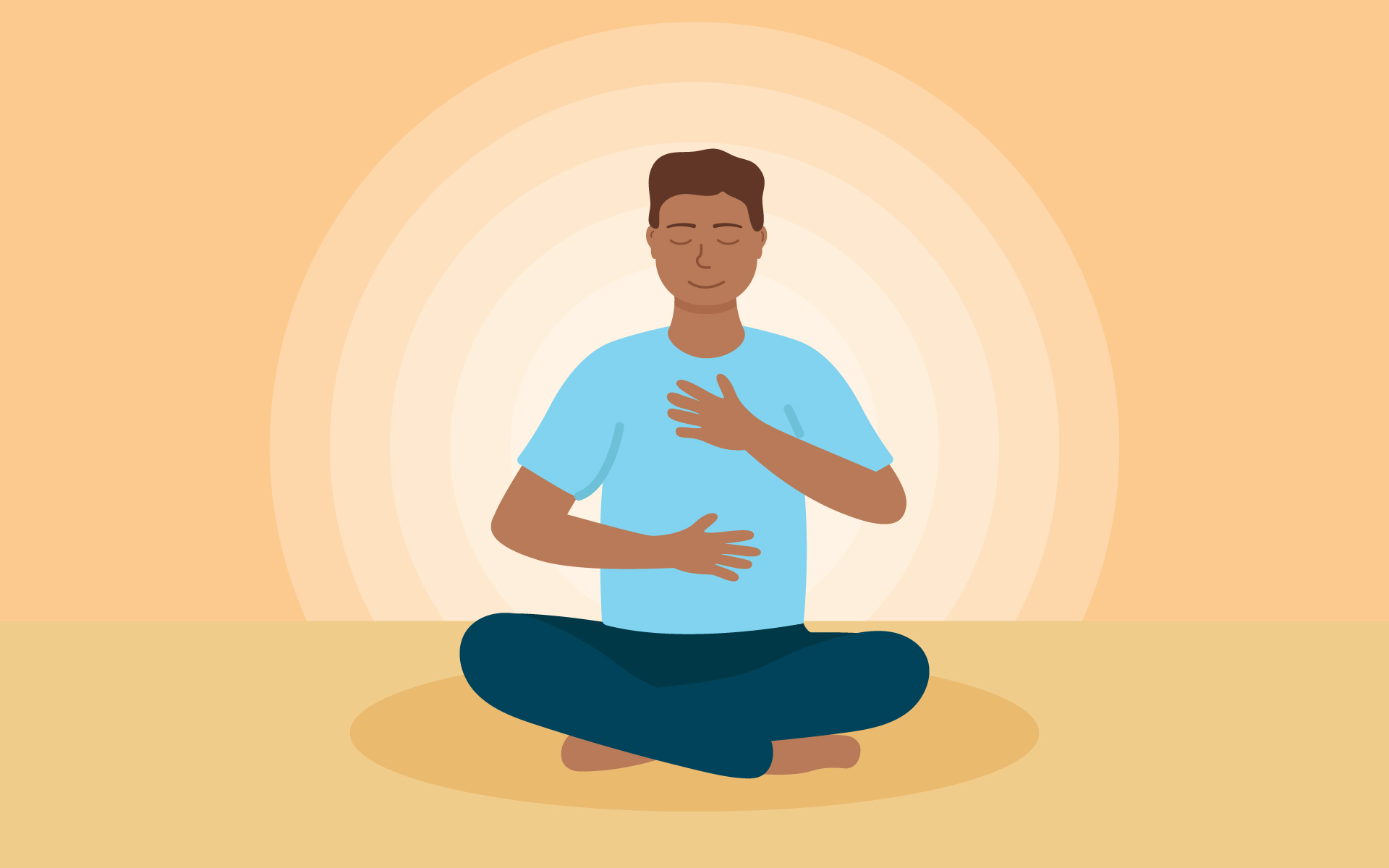In our day to day lives, we spend a lot of our time with very focused attention. Or rather, our work and obligations often require this from us, even though we struggle with constant distraction. We need to complete a project, lead a meeting, fill out forms, keep track of details, and finish tasks. So this capacity is very valuable and helps us be productive when needed.
If we spend too much time in this mode, however, we ignore another very important capacity of our minds, and that is to have a broad, expansive view.
Amishi Jha, a professor of neuroscience at the University of Miami, calls these two modes the flashlight of awareness and the floodlight of awareness.
The flashlight of our mind is that capacity to focus intently on a single thing. It’s our ability to concentrate and narrow the gaze of our awareness. Then there’s also this capacity of the floodlight. This is the open, wider scope of awareness that allows us to see the bigger picture.
Floodlight awareness is an incredibly important capacity when it comes to things like divergent thinking, which is the essential skill of being creative and coming up with new ideas and innovative solutions.
In today’s meditation, I’m going to guide you through a practice called “From Flashlight to Floodlight.” It’s about learning to widen that beam, shedding light on a much larger area that will guide us through the essential aspects of an open mind, meta awareness, an approach of acceptance, and the expansion of our mental scope.
A Guided Meditation for Understanding Your Expansive Mind
- Begin by finding a comfortable posture of your choice. You can do this practice while sitting, standing, or lying down. Shift your body to find what’s comfortable.
- I recommend keeping your eyes open for this, but if you prefer to close them, that’s fine, too. If you can, orient yourself towards something that’s visually interesting to you.
- Begin by counting each breath. When you inhale, count one. When you exhale, count two. Inhale three. Exhale four. See if you can make it all the way to 20, until your mind is stable and relaxed enough to count.
- Next, shift your attention toward the sensations of breath. No counting or forcing. Let the breath serve as our anchor to the present moment. Stay with that for 30 seconds or so.
- Now, drop a little bit of this focused attention. Give your mind a break and a rest from focusing on these sensations of breath. Instead, bring your attention to allowing everything that’s happening. The sounds, the sights, the sensations, the emotions—just allow them to be.
- Continue this gentle process, imagining that you’re trading focus for letting go. Feel how your mind is slowly widening its scope. We’re getting our first taste of the floodlight of awareness.
- Next, let go almost entirely of any effort to concentrate or focus your mind. See what happens when you begin to experience the big view through your eyes. You’re allowing yourself to be totally relaxed, just gazing at whatever happens to be before you. And you can apply this same allowing to all sensations.
- If you notice yourself trying, efforting, or forcing, just relax. Drop the effort. Drop the technique. Just be. Stay in this place for a few minutes, or for as long as you like.
- Now, slowly come back to where you already are. Notice any subtle changes that may have happened in your mind or your body as you moved from narrow, focused attention to wide open, expansive awareness.
- Thank you for your practice today. I hope you found it helpful.





